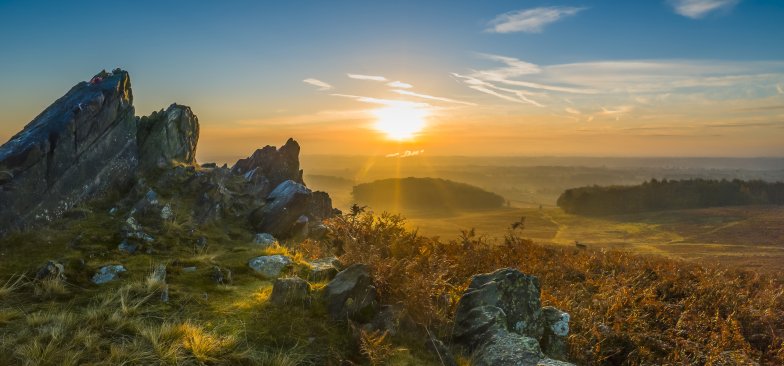
The unique landscape of the Charnwood Forest is one of the most significant England. Home to fossils that are around 600 million years old, as well as being the among the oldest in England, they also represent evidence for some of the first animal fossils we know to have evolved. The fossils of Charnwood, many named after local places such as Charnia and Bradgatia, have allowed scientists to better understand the evolution of our oldest animal ancestors, and have had a global impact on the field of palaeontology. The Forest has a strong historic and current quarrying tradition, being the closest major source of hard rock to London and the South East.
The rocks of Charnwood Forest have been found in nearby roman buildings, and major modern construction projects such as the Olympic Park in London were supplied by our quarries. This rich geological and quarrying history, combined with so many other of Charnwood Forest's unique characters, is fuelling our ambition to bid to become a UNESCO Geopark.
Currently underway, the Charnwood Forest Landscape Partnership Scheme will create new projects to protect and enhance it, made possible thanks to funding from the National Lottery Heritage Fund. This five year scheme will promote awareness and understanding of the importance of Charnwood Forest through geological conservation, habitat restoration, improvements to connections between sites for visitors, creating innovative interpretation, outdoor learning opportunities for young people and adults, and a five-year programme of cultural and heritage activities and events.

The Charnia fossil. Photo by Dr Frankie Dunn






